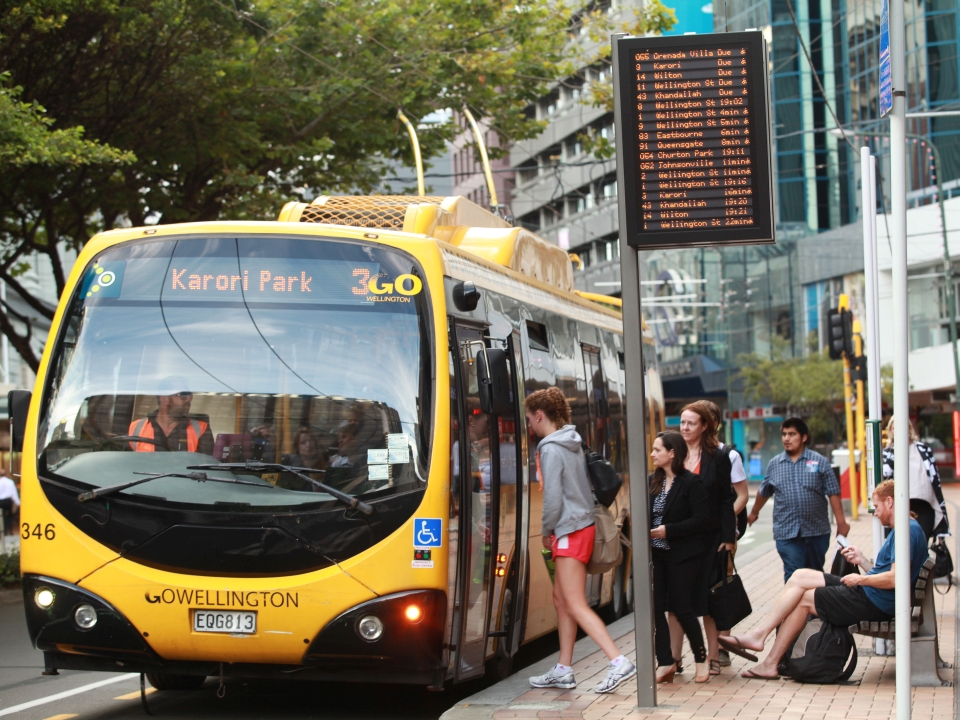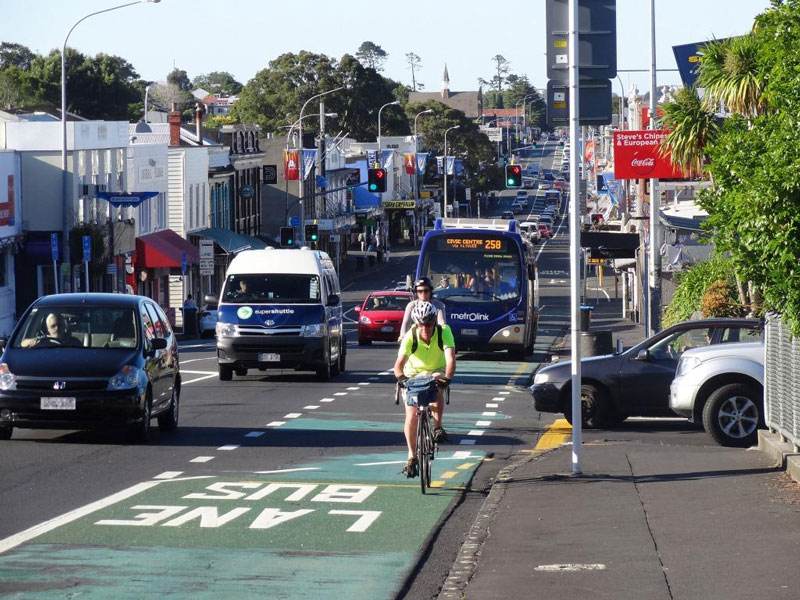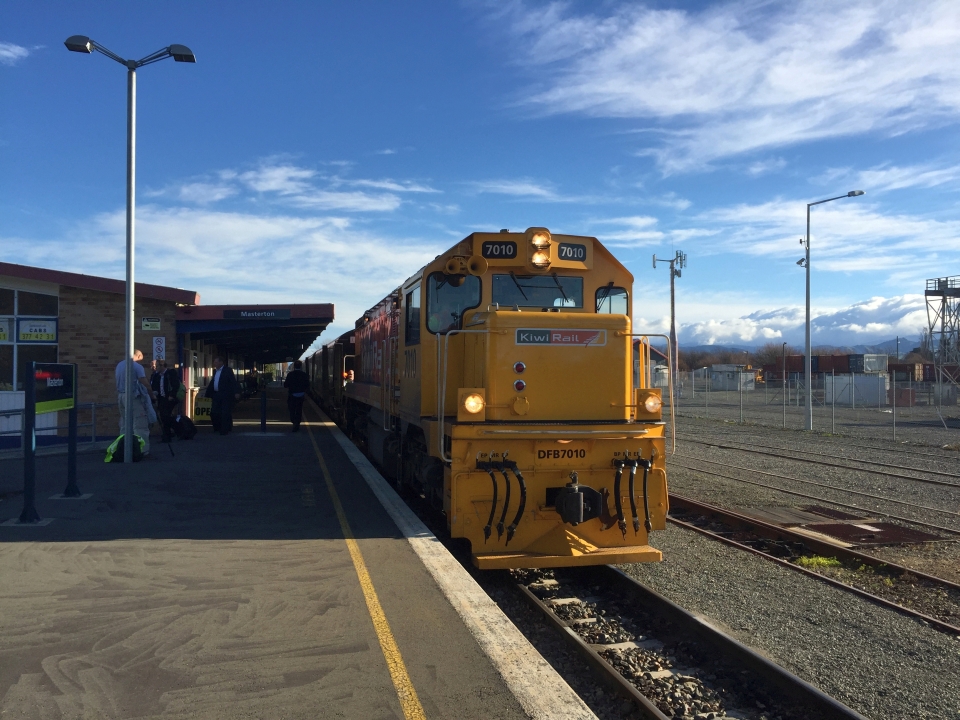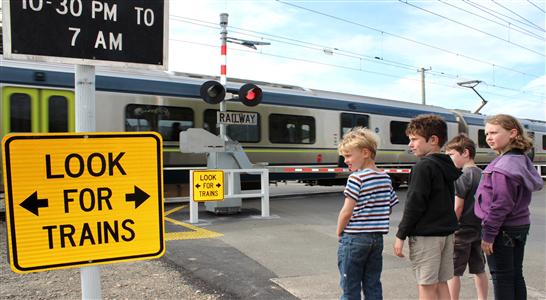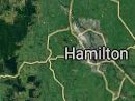Why take public transport
If a city is to work well it needs an effective public transport system. A good public transport network helps cities to become more successful by providing better connections and accessibility.
Public transport helps:
- people to access places, people and services
- helps the economy as goods and services are easier to exchange
- reduces carbon emissions as less fuel is needed to move more people
New Zealand has one of the highest proportions of people living in towns and cities, with around 86% of people living in urban areas. Therefore, it’s vital we have an efficient and effective public transport network, so people can make smarter choices about how they travel.
If we were all to increase our use of public transport and walk or bike to places instead of using the car we would reduce traffic congestion and pollution from car exhausts.
Public transport is more efficient. One bus will move 60 people a lot faster than 60 cars and won’t hold up as many other vehicles.
When taking a bus or train you still need to think about how to stay safe.
On a bus
At the bus stop
- stand well back from the road when waiting for the bus
- wait for the bus to stop before getting on or off
- walk on to the bus in single file and let small children go first.
When you are on the bus
- listen to what the driver or bus warden says
- carry your bag in front of you so it doesn’t get caught in the door
- stay seated and put your bag under the seat or on your knees where no one will trip on it
- get off the bus through the front door, and stand well clear until the bus leaves
- wait until the bus has gone before crossing the road so you can see clearly up and down the road
- always use the kerb drill to cross.
By following these simple guidelines, you can keep yourself and others safe on the road.
What else could you do to stay road smart?
Safety around trains
Trains can be surprisingly quiet. You may not hear an electric train coming so need to take care at rail crossings and train stations. Trains are also very heavy, so they take a long time to stop. Trains can travel fast with an average speed of 80km/h. These factors mean that it is very important to stay out of the way of trains. Remember:
- trains have right of way

- only cross railway tracks at proper crossings
- stop, look and listen for trains
- take notice of the signs, lights and bells to cross safely
- never walk along the railway tracks
- remember to look both ways at a rail crossing – if there are two tracks, there could be two trains
- stay well clear of overhead electric train tracks.
When catching the train
- always use marked paths, overpasses and official crossings to enter and leave a station or changing from one platform to another
- only step over the yellow safety line when the train has stopped
- never try to catch a moving train
- allow passengers to disembark first before boarding the train
- when boarding the train, mind the gap between the train and the platform
- once on the train keep clear of the doors.
When using any form of transport, it is important to consider others and show respect for other passengers or road users.
Ready for a quiz? Try the interactive 'Public Transport' activity .

